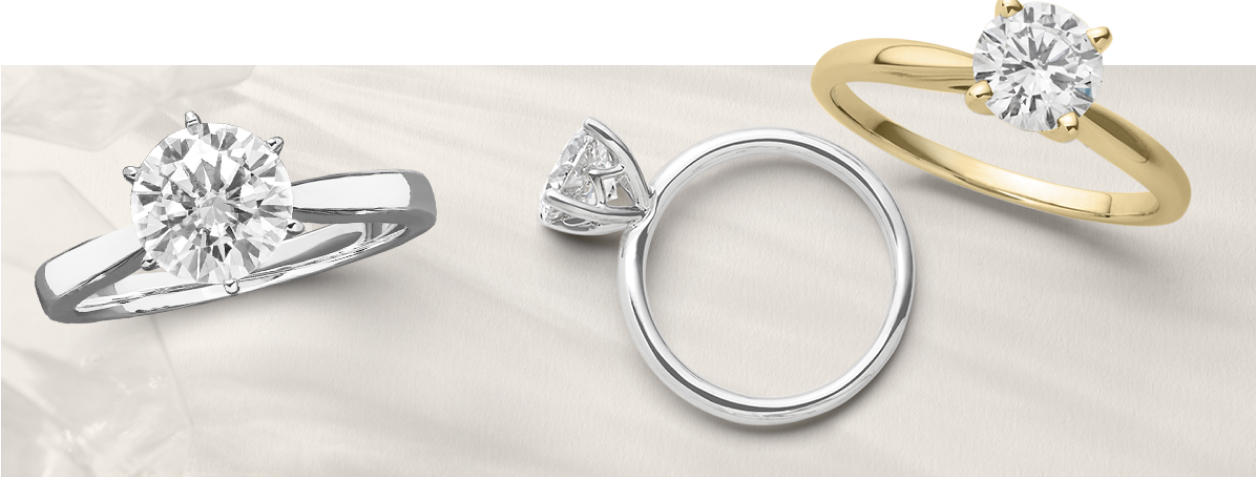
Buying Diamonds as Investments
If investment history has thought us anything, it is that natural resources that are finite such as precious metals and gemstones increase in value in the long term and are often used as a store of value and also as a form of investment portfolio diversification due to the fact that these assets often increase in value when most other asset classes decrease in value.
However, unlike precious metals, gem stones such as diamonds are not standard as each mined diamond holds a different value based on the 4 Cs and when one decides to buy diamonds as an investment, the secret is planning and this article covers the basics of buying diamonds as an investment.
First and foremost, it is essential to know that there is a limitation to the number of natural diamonds on this planet and each stone for the most part is formed under very specific and unique circumstances across more than a billion years. It is this scarcity that gives natural diamonds and other precious gems the intrinsic value that they possess.
In other words, when it comes to buying diamonds as an investment, go for natural stones and avoid lab grown diamonds / synthetic diamonds, as the synthetic stones depreciate in value whereas natural diamonds increase in value over time as they become even scarcer with each passing year.
Most people who buy diamonds as a form of investment look at the investment as a long-term endeavour and in most case scenarios they tend to actually ‘wear’ the investment and therefore it would be a good idea to buy a stone that satisfies the personal preference of the buyer.
Within this context (of actually buying the stone), the most important factors that must be taken into consideration are the 4 Cs which are related to a diamond’s cut, colour, clarity and the carat which represents the stone’s weight. Each of the C factors adds or eliminates the value of the stone and, as an investment one must never lose sight of the fact that the primary goal of purchasing a diamond as an investment is to sell it again in the future.
Therefore, it is essential to buy diamonds where the demand for specific features in a diamond is high. For instance, the demand for Argyle diamonds increased when the mine shutdown triggering a higher demand for pink diamonds which resulted in the value of pink diamonds increasing exponentially compared to other diamonds with the same type of cut, clarity and carat.
In this case colour was the determinant and similarly, demand for large carat stones or ‘big’ diamonds are also growing simply because large stones are short in supply. Apart from the 4Cs another crucial element that any diamond investor must have in possession other than the diamond itself is certification.
Diamonds with certification are easier to dispose of when the time arrives and the certification ‘must’ be from a grading institution that is recognized similar to how GIA and GSL grading reports are recognized in Australia.



